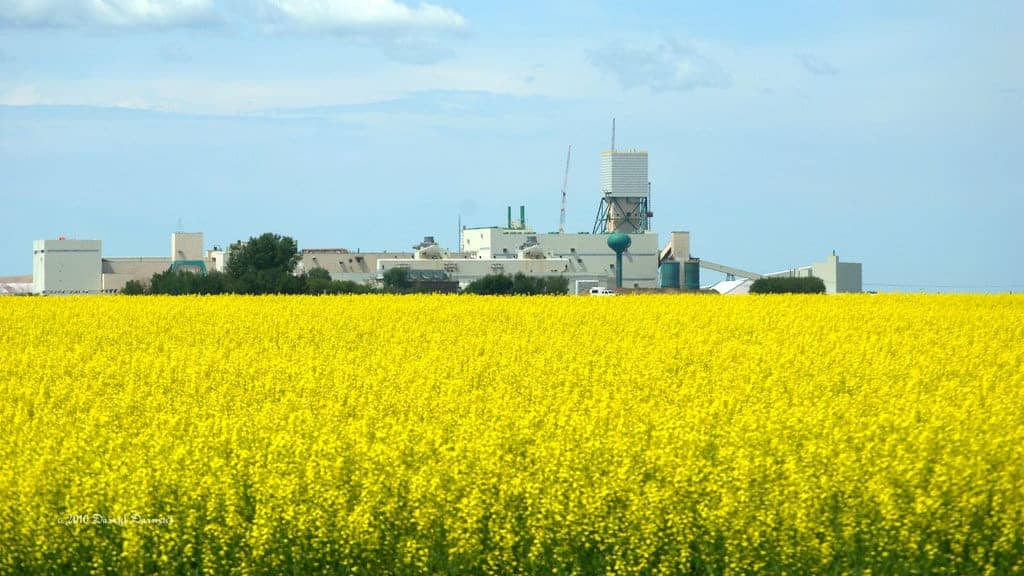Contrarian investors take home the bacon when markets revert toward a long-term average from a state of overreaction or unreasonable expectations, as is often the case in the financial world. In today’s frothy market, it can be argued that mean reversion is likely to correspond to significant near- to medium-term downside market risk, with many analysts believing few catalysts remain to drive the stock market to new all-time highs. Contrarian investors may now be looking at index hedges or ways of playing downside in the market, whereas the focus for many investors since 2008 has largely been on growth plays, betting on a reversion toward a higher long-term mean.
While it may be the case that the market will have to revert to a lower level given current heightened valuations, it is also true that contrarian investors who have bet on the start of the next correction, or bear market, over the past few years have not done very well — timing the market has proven to be a very dangerous exercise.
With the bulls continuing to run, investors have very difficult decisions to make when thinking about portfolio construction. Is it time to build a more defensive “moat” to handle some of the downside risk and potentially lose some expected excess short-term returns, or is it more prudent to keep the proverbial foot on the gas and stay heavy growth stocks and other sectors that tend to perform better in a full-blown bull market?
With ultra-conservative investors such as Prem Watsa of Fairfax Financial Holdings Ltd. (TSX:FFH) changing course and removing all of his index hedges of late, it appears many fund managers are taking the former approach. Anyone who has read my pieces, however, knows that I take a very defensive, long-term view of the market, and thus I align myself with the former argument.
While betting on commodities in today’s environment may be considered a contrarian play given the momentum stock markets have exhibited over the past 10 years, I contend that commodities, utilities, and REITs (all of which are slated to get hammered by higher interest rates moving forward and may continue to underperform should the bull market continue indefinitely) should outperform in the near to medium term based on the fact that over the past 50 years, commodities are now the most undervalued compared to equities ever.
That’s right; since 1970, commodities are now performing at the lowest level historically for these asset classes, plagued by bearish commodity analyst outlooks and bullish equity sentiment in the market.
Investors interested in adding some commodity exposure should read some of my many pieces on Potash Corporation of Saskatchewan Inc. (TSX:POT)(NYSE:POT) and Nexgen Energy Inc. (TSX:NXE) — two picks I recommend to take advantage of the next commodity cycle.
Stay Foolish, my friends.







